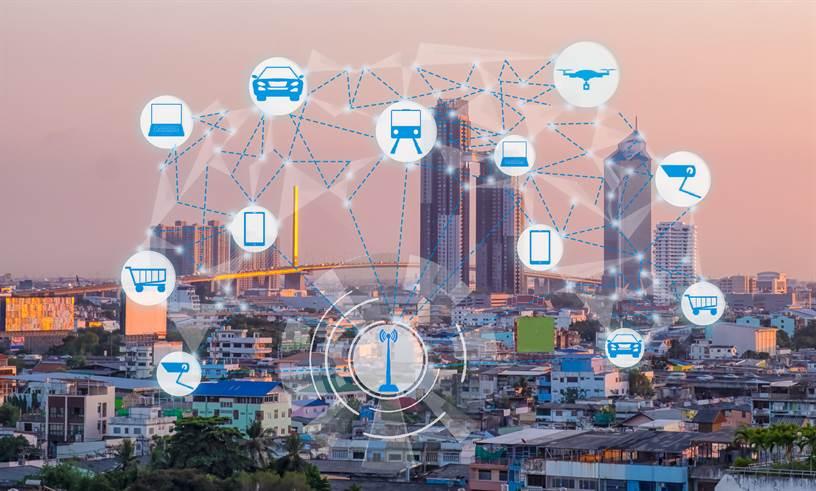
Electricity is one of the most important commodities in the world. From lighting your reading lamp for a story before bedtime, to running the world’s largest hospitals, life without it is almost unfathomable. The electrical grids that we use have been expanded and maintained for over a century, with each interconnected sector evolving with new updates. Our ability to create, transmit and store electricity has improved significantly over the years, but new technologies may bring the next great leap forward. The device that you’re using right now to read this blog contains what could be a revolution in grid technology.
Our grid operates, for the most part, as a one way street. Your home or business gets electricity from the grid, and then you are billed monthly for the amount of electricity you use. This has been adequate for most of our electrical history, but increased usage as well as client-generated electricity has changed things. You may have heard off-peak hour and off-peak billing structures for energy; this is used because our utilities want to discourage the use of electricity on peak hours to reduce the grid’s load. There could be tremendous savings in energy if rather than guessing at peak hours, utilities knew exactly how much electricity everyone is using at any given time.
The solution, then, is to use smart technologies so that our utilities get information back from the end-user; full incorporation of these technologies into a grid is what would make it a “smart” grid. Smart meters are at the forefront of the smart grid conversation; these grids would report electricity consumption automatically to both the user and the utility. The technology could provide real-time feedback to users, detailing not only consumption, but statistics about what hours of the day and days of the week statistics are highest. Smart meters could also provide users the ability to literally scale back the electricity going to their appliances while they’re away for cost-savings, and their meter could alert them in real time of peak and off-peak hours. Additionally, smart meters would advise utilities via Internet when the power has gone out in a home or region, allowing us to better identify where and when outages occur.
Manitoba Hydro ran a pilot project to evaluate the strengths and weaknesses of smart grid technology. There is huge interest, seeing as savings on electricity in domestic markets would allow them to sell more excess electricity to other markets, and to better incorporate renewable technologies in the grid. They are compiling research on the pilot, but there do appear to be challenges; it could be that the technology isn’t quite there yet, but when it is, there will likely be incentives for consumers to switch over. The technology could be helpful for both consumers and providers.
To be sure, once smart meters and their accompanying technologies are available, you’ll want a team of qualified electricians to install the components for you, so you can get the most benefit out of the new system.

